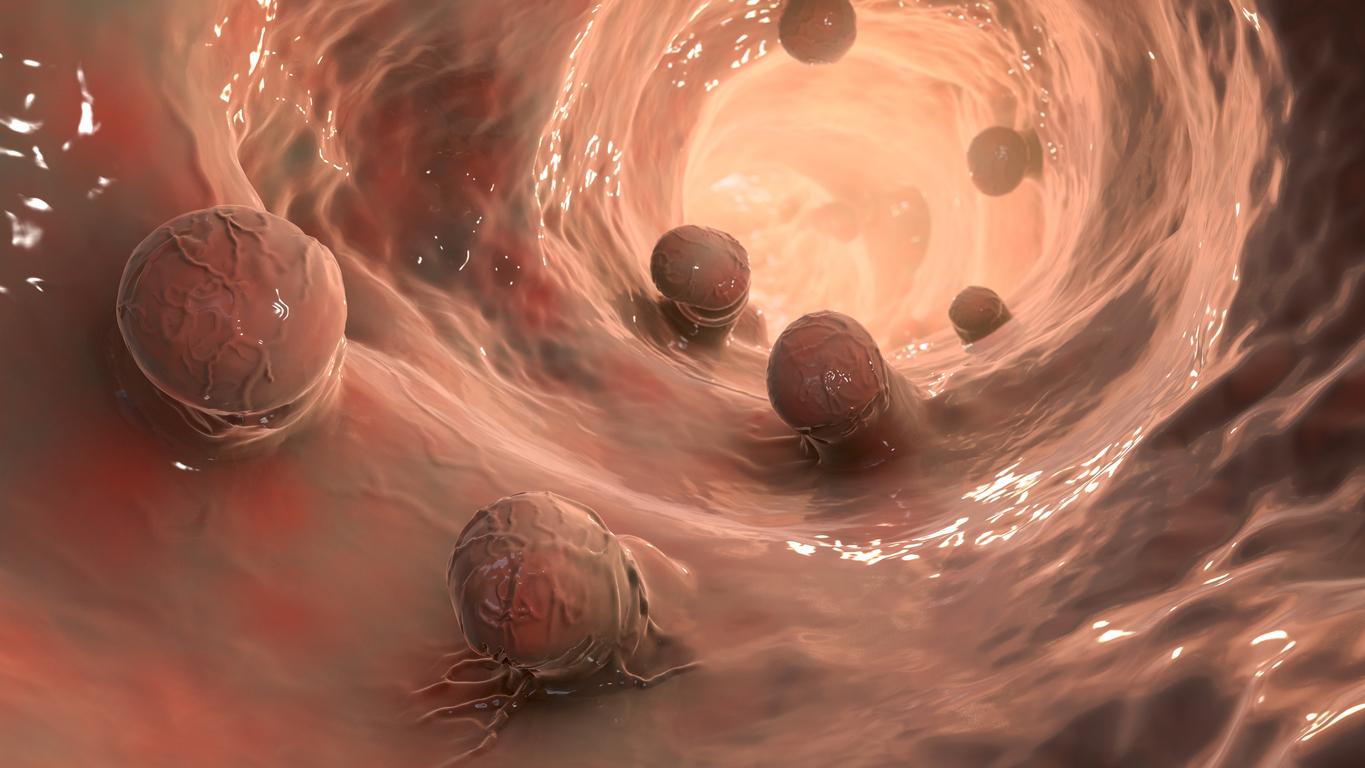
Regularly a cold feeling and a reduced smell and taste
Polyps are swellings of the mucous membrane. They range in size from a pin knot to a golf ball of several centimeters. What can be done about it?
1. What are Nasal Polyps?
Benign swellings of the nasal mucosa, filled with snot and inflammatory cells. They usually arise in the paranasal sinuses, which are between the nose and the eyes.”
2. How do they get into the nose from there?
“The polyps descend from the sinuses like a kind of mucosal sac down into the nose.”
3. And then things get clogged?
“Precisely. The most important complaints are nasal congestion, a frequent cold feeling and a reduced smell and taste. Sometimes patients also have a headache with a feeling of fullness and snot in the head. The symptoms often get worse when lying down.”
4. Do many people suffer from nasal polyps?
“An estimated 2.5 percent of all adults. The peak of complaints is between the ages of 40 and 50. After that, the problems often subside. We don’t know exactly why.”
5. How do you get it?
“For a long time it was believed that polyps were caused by an allergy, but that appears not to be the case. An allergy often makes the complaints of people with nasal polyps worse. The same applies to patients with asthma and an intolerance to a certain group of painkillers, so-called NSAIDs. Polyps are more persistent in this group and return more quickly after treatment. Anatomy also plays a role. If you naturally have very narrow passageways and cavities in your nose, things are more likely to get blocked.”
6. Can Nasal Polyps Be Dangerous?
“Polyps are almost always on both sides of the nose. In that case it is very rare that they are malignant. This risk is greater if a polyp has an abnormal appearance and/or only occurs unilaterally. Then it is important to have a specialist take a bite out of it and have him examine the tissue for any malignant cells.”
7. What can you do about it?
“Corticosteroids (anti-inflammatories) shrink the polyps and reduce the symptoms. They are mixed in saline or given with a nasal spray. Research shows that the saline solution works best because it immediately clears the nose. If necessary, the local treatment is supplemented with a short ‘cure’ in the form of tablets, for example with prednisone. In case of green snot, antibiotics are sometimes given.”
8. And if that doesn’t help enough?
“Then surgery is an option. During a sinus operation, a surgeon removes all polyps under local or general anaesthetic, including those in the sinuses. That reduces the chance that they will come back.”
9. Are you then out of it for good?
“Unfortunately not always. Hence, patients continue to take medication after surgery. Sometimes they also need multiple operations.”
10. Finally, what about polyps on the vocal cord?
“That is something completely different: a bulge, nodule or malignancy, for example due to smoking, drinking, straining your voice or a virus. It’s called a polyp because it has more or less the same shape, but otherwise it has nothing to do with nasal polyps.”
This article was produced in collaboration with ENT doctor Dr Gwijde Adriaensen, who works at the AMC Amsterdam, specializing in disorders of the nose, paranasal sinuses and the base of the skull.
Sources):
- Plus Magazine













